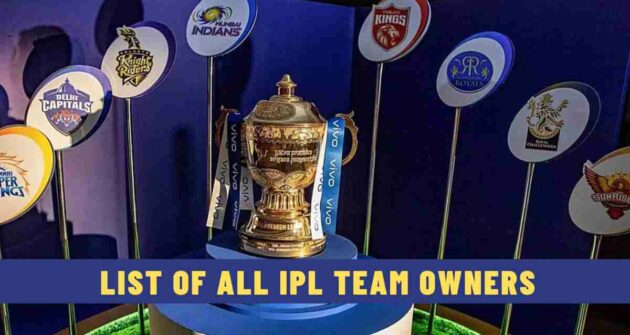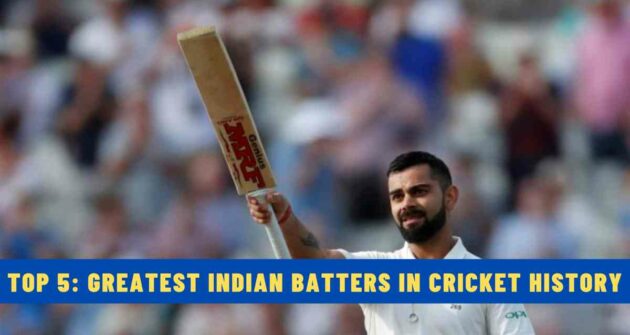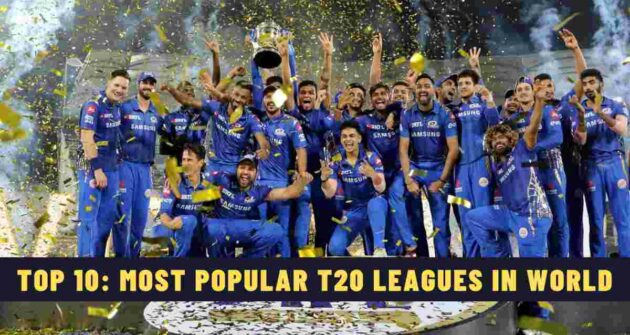Cricket is a team sport that is played internationally among 108 different countries. Though the sport can be played with variations at various levels, with international and ICC status, cricket has essentially is played in 3 formats. They are the Tests, ODIs and the T20Is.
In this article let us delve more into the different formats of the game.
Test Cricket:
Test cricket is often called the traditional format of the game and the reason being is the history attached with it. Though the sport itself originated in England, first ever Test match was played in the year 1877 at the iconic Melbourne Cricket Ground (MCG) with the hosts Australia taking on England. The Aussies emerged victorious by 45 days and till date, the number of Test matches played accounts to 2537.
Initially the games were played over the course of 4 days but as the years progressed, timeless Tests happened and now the fixated number of maximum days for a Test match is 5.
Test matches are played with the red ball and players wear white clothing attires during the match. Each team will bat and bowl twice unless a result is achieved earlier. They are called as Tests for a reason as it tests the player’s skills, endurance, technique, and mental strength over long periods. Only a player who can stand tall among all these challenges can excel in this format.
Test cricket has seen a great evolution, and this includes the major overhauls like the introduction of neutral umpires to matches, and the Decision Review System (DRS). Specific to the Test format, we have day-night Test matches being played using a pink ball. These alterations were done to make Test cricket reach wider audiences but at the same time making sure the purity of the format is still intact.
One Day International (ODI):
ODI cricket began in the year 1971 and it has an interesting story attached with it. In the Ashes tour 1970/71 played between Australia and England, the 3rd Test at MCG was washed out without a ball being bowled.
At the last minute to get some cricketing action, it was decided that it would be played as a shortened version. With this the first ODI game happened between the same sides, and it was 40-overs game with 8 balls each.
From then, it was played at a more regular basis as it provided a shorter alternative to Test matches, catering to even more wide range of audiences. It quickly evolved in the scale as the first ever cricket world cup being played was in this format (Women’s World Cup in 1973 and Men’s World Cup in 1975).
In ODI cricket, each team will bat a bowl once, with the number of overs typically limited to 50 per side (changed from 40 overs to 60 overs) with 6 balls per over. The major innovations include the concept of Duckworth-Lewis’s method (DLS method) for rain-affected matches, fielding restrictions during the powerplay overs. This format is usually played in coloured clothing but in the initial years it was also played in white clothing. Likewise, ODI game were at first played with red balls and as ICC shifted to coloured clothing, white balls are preferred for visibility.
Twenty20 International (T20I):
T20 cricket is a relatively new format introduced by ICC in early 2000s and it was done to make cricket fast paced like other contemporary sports, and far more entertaining. This was seen a game-changer for the sport as it had all the ingredients to popularize the sport. It is safe to say T20 cricket has made sure cricket reach to most places of the globe.
The first T20 international game took place in the year 2005 between Australia and hosts New Zealand in Auckland.
Like ODIs, the T20I matches are played with each team batting and bowling once, but here the number of overs per side to 20. However, unlike ODIs, where batters can time to build their innings, T20 format encourages players to be aggressive and go for big hits right from the word go.
In T20s, we have powerplay overs where fielding restrictions must be maintained for the first 6 overs and the DLS system plays a role here as well. In T20s, there is use of Super Overs to determine the winners while strategic breaks are a new thing right now.
T20 World Cups are played as a part of ICC’s calendar right from its inception in 2007, and the format has gained popularity beyond international cricket. It has revolutionized the game worldwide with more member nations coming with their own T20 franchise leagues. This has transformed the economics related to the game a large extent.
Read Next | When was ICC formed?











